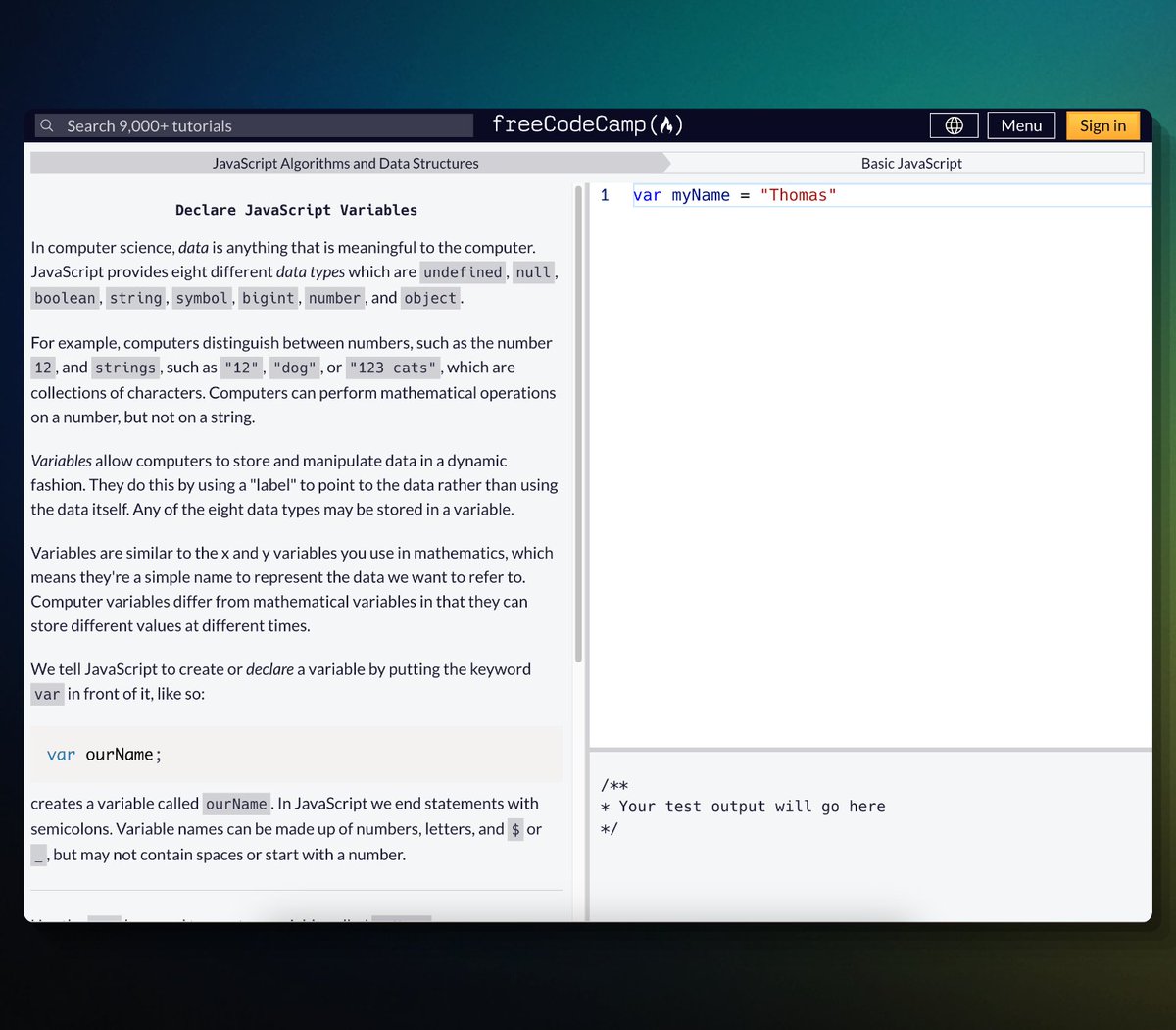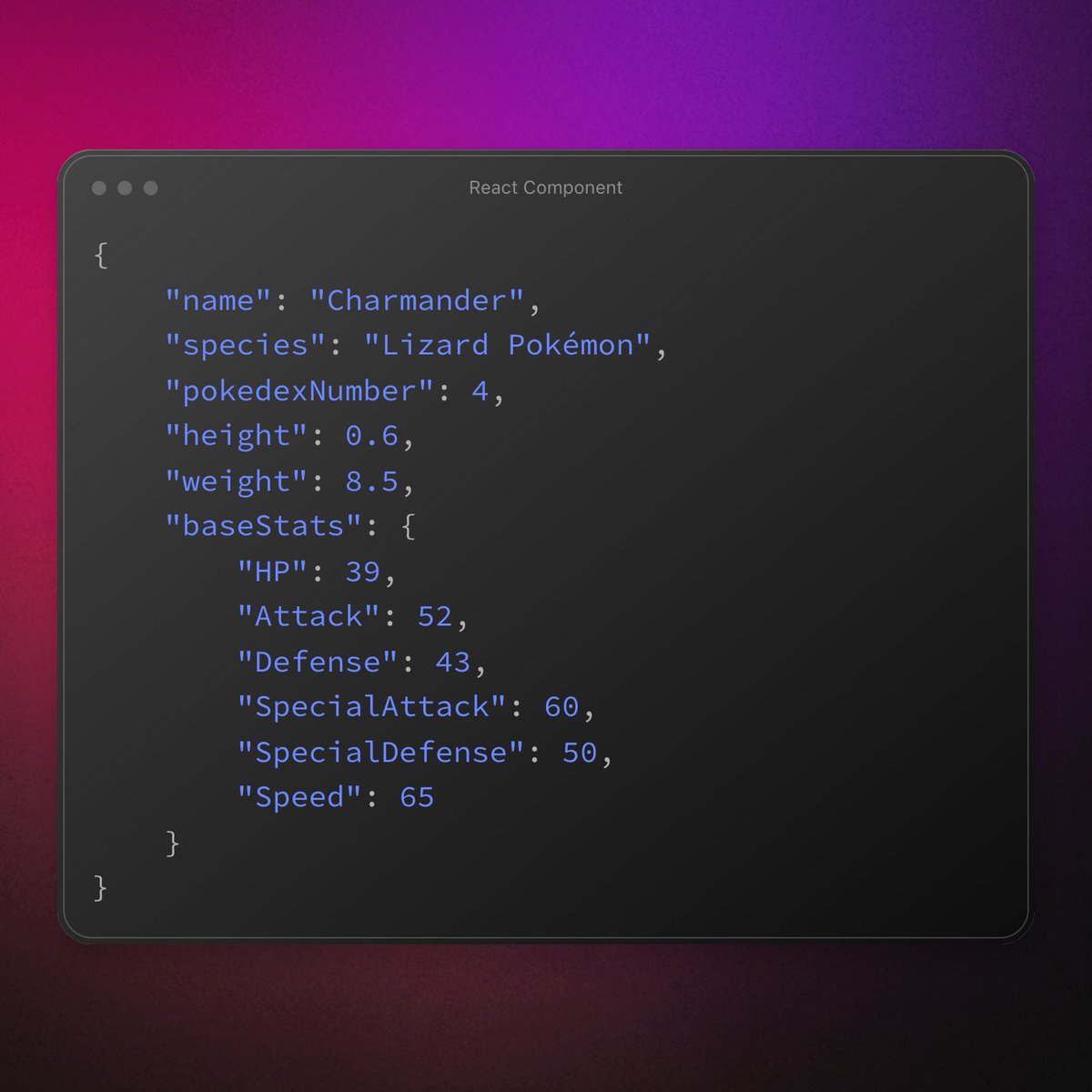Thread for audio gear nerds:
I find myself quite surprised tonight!
So I have an AKG C214, which is a condenser mic, along with a Shure SM7B, which is dynamic. These mics cost about the same (~$400).
My question: Could I use my C214 for voice-overs?
I find myself quite surprised tonight!
So I have an AKG C214, which is a condenser mic, along with a Shure SM7B, which is dynamic. These mics cost about the same (~$400).
My question: Could I use my C214 for voice-overs?
People always say large diaphragm condenser mics are way too echo-y in untreated rooms, so I've always just used the SM7B for VO.
However, I've been recording vocals and guitar with the C214, and I like how it sounds for those things better. Could I use it for everything?
However, I've been recording vocals and guitar with the C214, and I like how it sounds for those things better. Could I use it for everything?
I decided to hook the C214 up to my desk setup and pit it against the SM7B. I've uploaded some tests so you can compare for yourself: soundcloud.com/tomfrankly/set…
To my ears, the C214 has no echo problems at all - and it also sounds clearer!
To my ears, the C214 has no echo problems at all - and it also sounds clearer!

I will note that I have a 2' x 4' x 2" piece of absorbing foam (this is dense, not the normal reflection foam that most YouTubers use) mounted right behind my monitors. So it's soaking up a lot of reflections. This is the exact panel (not a referral link): amazon.com/Acoustimac-Abs…
However, my studio space is 18' x 20' and is woefully untreated for a room of that size. I have a couple more panels on the walls, and some of the cheap, light reflecting foam on the ceiling - but there's a lot more I could (and should) do.
So my conclusion is this: As long as I have one piece of absorption foam positioned well, a condenser mic is perfectly usable as a VO mic, even in a space that's less-than-optimally treated. I used to be on Team Dynamic Mic, so this is a change.
This should be good news for anyone wanting a mic in this price range. Even though these two mics are identically priced, the SM7B practically requires you to buy a ~$140 Cloudlifter for it to be usable, unless you already have pro pre-amps in your interface (you probably don't).
If you're looking for a more budget-friendly mic, I've thrown in the Audio-Technica AT2035 for fun. This is the mic that @yomartholomew and I use for the CIG podcast. It's also a condenser, but comes in at ~$150.
To my ears, both the C214 and SM7B are a clear step up from the 2035 (especially for voice-over), but all are quite good.
Anyway, hope this was helpful to someone!
Anyway, hope this was helpful to someone!
• • •
Missing some Tweet in this thread? You can try to
force a refresh













